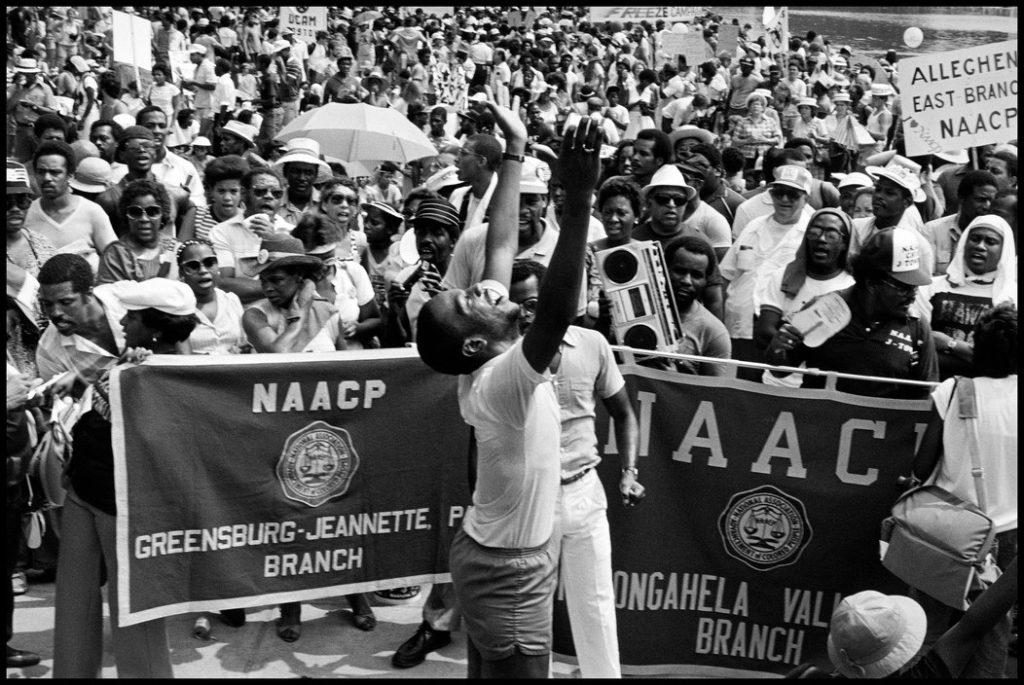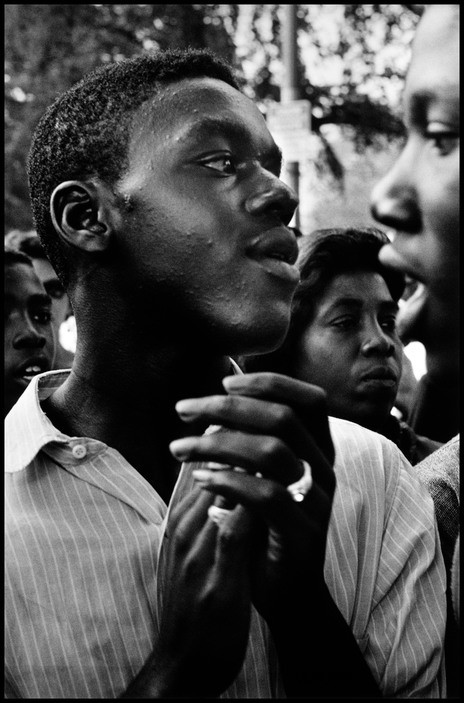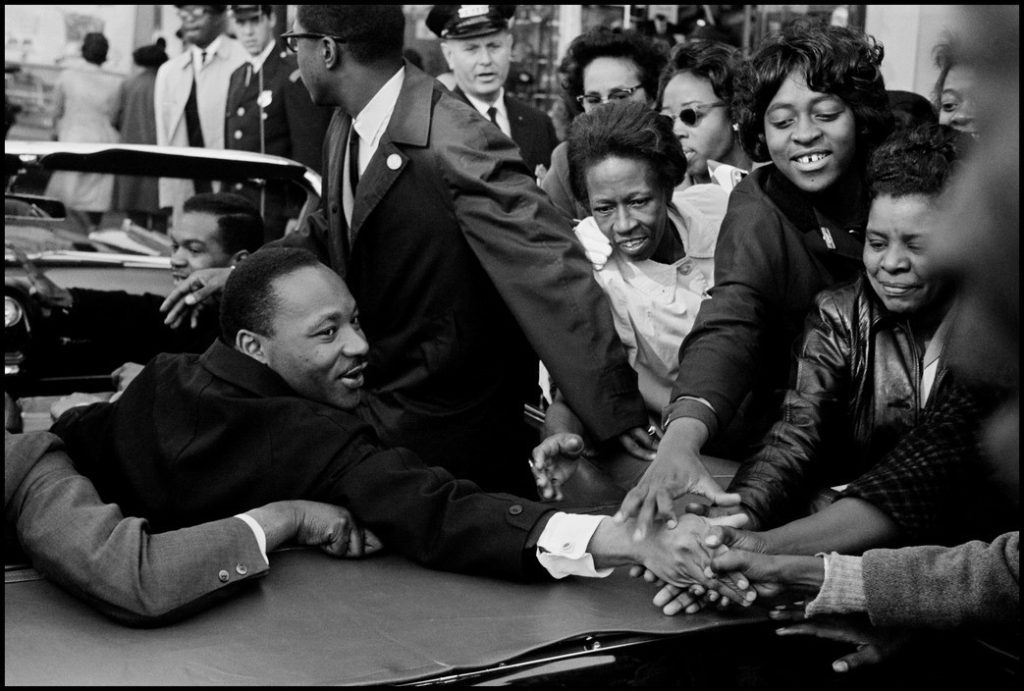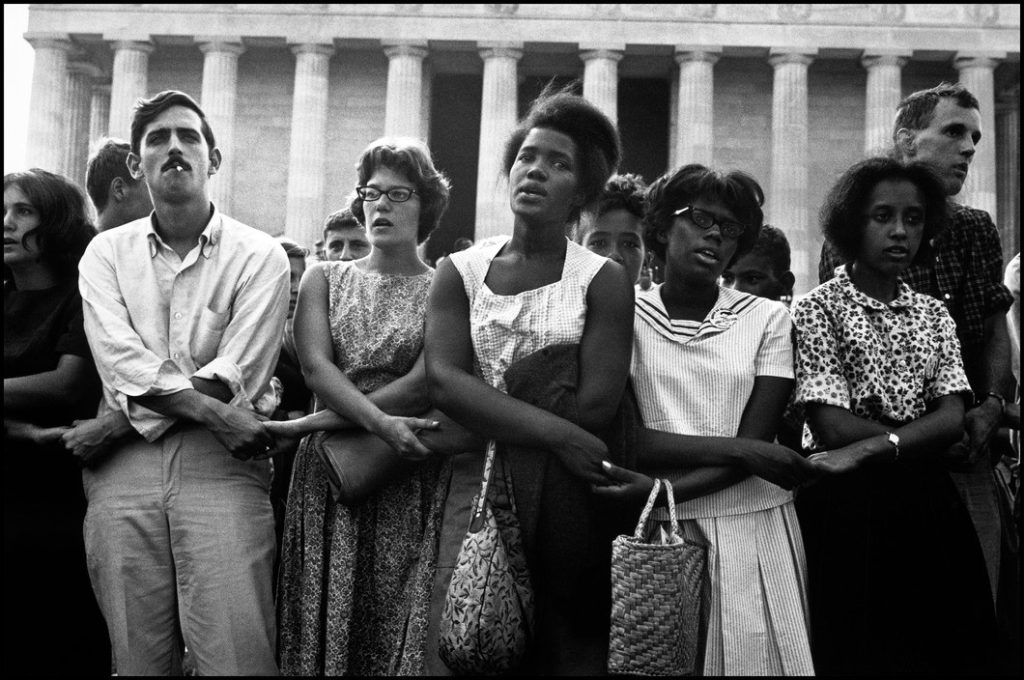Leonard Freed, an American documentary photographer who lived from 1929 to 2006, is most known for his pictures of social justice movements and other subjects. Born on October 23, 1929, in Brooklyn, New York, Freed began his career as a freelance photographer in the mid-1950s. He rose to fame with powerful and visually arresting images that emphasised the struggle for civil rights and social justice.
One of Freed’s most well-known bodies of work is his portrayal of African American life in the 1960s, notably the Civil Rights Movement. His photos provide an impactful visual record of historical events such as the 1963 March on Washington for Jobs and Freedom and the 1965 Selma to Montgomery marches.
Freed documented a range of elements of life in other societies and cultures. He conferred social justice, immigration, and poverty both domestically and internationally. Magnum Photos was a cooperative photography firm that Robert Capa and Henri Cartier-Bresson created, and Freed was a member. In the 1970s, he was elected president after joining Magnum in 1972.
Leonard Freed is a multi-honoured photographer whose work has been exhibited in numerous galleries and museums across the globe. His images are still highly prized because of their historical significance and ability to depict the human condition in various contexts.
Significant works of Leonard Freed
Freed’s “Black in White America” series delves deeply into the African American experience of the 1960s, focusing on the Civil Rights Movement. The series includes images from significant events, including the March on Washington and the Selma to Montgomery marches.
For his “Police Work” series, Freed spent two years taking pictures of police officers in different American towns; the project aimed to shed light on the difficulties and complexities of police work and the officers’ everyday lives. In “Made in Germany,” Freed chronicled life in Germany years after the Berlin Wall fell and before reunification. The show captures the social and cultural shifts taking place in Germany.

Freed looked into Jewish communities worldwide, illustrating the diversity of Jewish life in many different countries. This attempt demonstrates his care for religious and cultural identities. “The Italians” is a photographic analysis of Italian culture and daily life. Freed travelled around Italy, capturing the people’s way of life and painting a nuanced portrait of the country.
The Martha Graham Dance Company commissioned Freed to take pictures of Israeli dancers and performances. This series captures the passion and emotion of dance in Israeli culture. These projects demonstrate Freed’s photographic prowess and his commitment to portraying the human condition, whether through the lenses of social justice, cultural anthropology, or other perspectives. His photos are commended for their distinct cultural viewpoints and depth of emotional content.
Leonard Freed and Photography
In the disciplines of documentary photography and photojournalism, Leonard Freed is well-respected. Freed’s thorough documentation of the nation’s Civil Rights Movement offers a visual chronicle of a pivotal moment in American history. His images capture the struggles, protests, and determination of those fighting for racial equality. These pictures are historical documents and powerful depictions of the human spirit rising above adversity.
Through his lens, Leonard Freed sought to shed light on social justice issues like poverty, immigration, and discrimination. His commitment to documenting the experiences of marginalised groups suggests that he wants to increase empathy and understanding for those struggling. Freed’s art explores not only American culture but also cultures worldwide. His projects in Germany, Israel, and other countries provide a thorough understanding of various cultures while showcasing the richness of human experiences.

Documentary photography saw significant growth and advancement under Freed’s leadership as president of Magnum Photos and as a photographer. Magnum Photos was founded by well-known photographers like Henri Cartier-Bresson and Robert Capa, and it quickly rose to prominence. With Freed’s involvement, its continued significance and importance were reinforced.
One of Freed’s greatest photographic assets is capturing the essence of a moment and using photographs to tell stories. His images convey tales about their subjects’ emotions, struggles, and triumphs beyond candid views.
The March on Washington for Jobs and Freedom by Leonard Freed
The 1963 March on Washington for Jobs and Freedom, chronicled by Leonard Freed, is a significant event in both cultural and historical history. Freed’s photos captured the essence and spirit of the historic March on Washington, making it a pivotal moment in the American Civil Rights Movement.
Freed’s photographs provide a crucial visual record of one of the most critical periods in the Civil Rights Movement. On August 28, 1963, over 250,000 people gathered at the Lincoln Memorial for the March on Washington in favour of African Americans’ civil and economic rights. Several organisations of civil rights activists view the March on Washington as a symbol of unity and solidarity. Freed’s photographs effectively depict the diversity of the guests, showcasing the group’s multicultural composition and multigenerational membership that united around a common objective.

Dr. Martin Luther King Jr.’s famous “I Have a Dream” speech is arguably the most well-known connection to the march. Freed’s photographs capture poignant and inspiring moments from this historic speech, including its intense portions. Freed’s photos from the parade have become cultural icons, marking a watershed in the history of the American civil rights movement. They are still employed in educational contexts and exhibitions to highlight the historical significance and the ongoing fight for equality.





